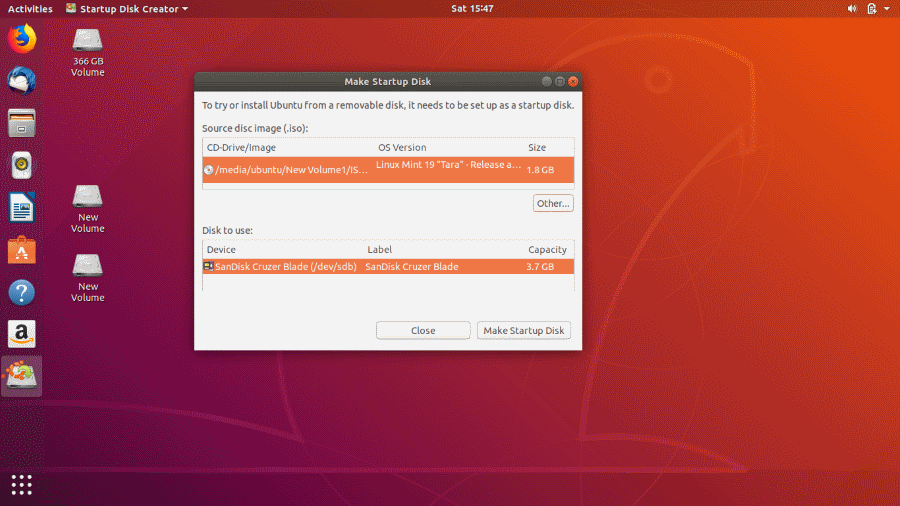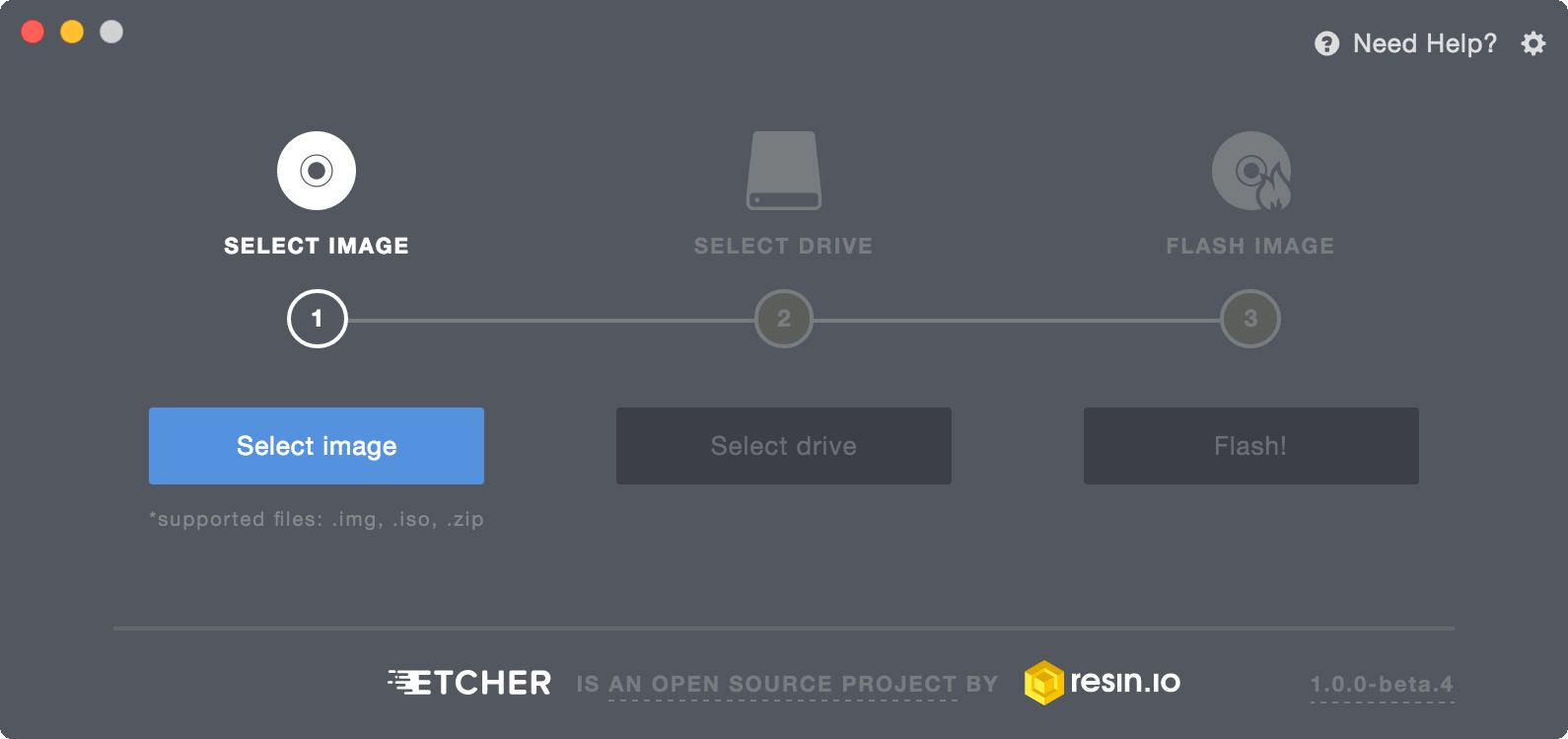
- #How to make a ubuntu bootable usb daemon tools install#
- #How to make a ubuntu bootable usb daemon tools upgrade#
- #How to make a ubuntu bootable usb daemon tools software#
- #How to make a ubuntu bootable usb daemon tools iso#
- #How to make a ubuntu bootable usb daemon tools download#
But there are at least two mechanisms: kickstart and preseed.

#How to make a ubuntu bootable usb daemon tools install#
Unfortunately, there doesn’t seem to be “fire and forget” mode which tries to install as aggressively as possible.

If the image boots now, you don’t want the installer to ask you questions. Replacing timeout values in files in the isolinux to something strictly positive worked much better for me. Is sufficient, but that did not work for me. Now what changes do you want to make to the image to get an automated installation?įirst of all you want to get rid of the language selection. But my success was limited… Making Changes It should also be possible to create a pendrive with FAT32 and to boot it on EFI machines. I needed to give -m 1G, because the default didn’t work with the following mysterious error. If it doesn’t, then you might want to check whether you have assigned enough memory to the virtual machine. If you want to test whether a USB image would boot, try with -usb -usbdevice disk:/tmp/. Qemu-system-x86_64 -m 1G -cdrom -hda /tmp/ubuntu-nonet.qcow2 Qemu-img create -f qcow2 /tmp/ubuntu.qcow2 10G Now you can test whether it boots with qemu: After trying many USB creators, I eventually found that you need to call isohybrid. You’d expect that image to work If you now dd it onto a pendrive, but of course it does not… At least it didn’t for me. Sudo mkisofs -J -l -b isolinux/isolinux.bin -no-emul-boot -boot-load-size 4 -boot-info-table -z -iso-level 4 -c isolinux/isolinux.cat -o /tmp/ -joliet-long iso.new
#How to make a ubuntu bootable usb daemon tools iso#
iso.vanilla/.* iso.new/Īfter you have made changes to your image, you probably want to generate a new ISO image that you can burn to CD later.

You could probably use something like isomaster, too. The first step is to mount to ISO and copy everything into a working directory. Also, producing an ISO is less error-prone so making that work first should be easier so I thought. But most of the documents describing the process insist on Bind which I dislike.
#How to make a ubuntu bootable usb daemon tools upgrade#
Fortunately, the method can be upgrade to delivering the installation medium via TFTP/PXE. This is sub-optimal as I need to be physically present at the machines and I would have preferred a non-touch solution. So I went for an automated install using the official CD-ROMs. Foreman seems to be more of a machine management framework rather than a hit and run style of tool. It also fails (at least for me) when being behind an evil corporate proxy. Actually, Cobbler doesn’t seem to work well when run on Ubuntu. But I decided against them because it doesn’t necessarily feel lightweight. I looked at tools like Foreman, Cobbler, and Ubuntu’s MAAS. it should wipe the disk and not require anything special from the network which I have only little control over. The installation must not require the Internet and should just work™, i.e.
#How to make a ubuntu bootable usb daemon tools software#
I’m fine with software the distribution ships. Ideally, most of the software that I want to run would already be installed. I want to turn one of the to be provisioned machines on, wait, and then be able to log in via SSH. I would describe my requirements as being relatively simple. Fortunately, I don’t seem to be the first person to be looking for a solution, although, retrospectively, I think the tooling is still poor. I didn’t want to install manually, mainly because I was too lazy, but also because the AC in the data centre is quite strong and I didn’t want to catch a cold… So I looked for some lightweight way of automatically installing an Ubuntu or so. On the login screen, type in your password, and run through the post installation wizard.Recently, I had to install GNU/Linux on a dozen or so machines. Once the process is completed, you will be prompted to remove the USB flash drive and reboot the system.

Next, choose the Erase disk option, specify your locale, set up your User Account, Computer Name and a password, and finally click Continue to begin the installation process.
#How to make a ubuntu bootable usb daemon tools download#
Select either Ubuntu or Ubuntu USB which correspond to UEFI or Legacy BIOS, and begin the Ubuntu installation wizard.įirst, click on Install Ubuntu, select your keyboard layout, choose either the Normal or Minimal installation, ticking both Download updates while installing Ubuntu and Install third-party software for graphics and Wi-Fi hardware and additional media formats. Insert the USB drive, reboot the system and boot off the USB drive by pressing the function key that corresponds to the boot menu, usually F8 or F12. Open Balena Etcher, click on Flash from file, select the Ubuntu ISO, then click on Select target and select the flash drive, and finally click on Flash to begin the process. This video covers installing Ubuntu, starting from downloading the ISO, burning it to a flash drive using Balena Etcher and installing the operating system.Ĭlick on the Download tab, and select the Ubuntu Desktop ISO.


 0 kommentar(er)
0 kommentar(er)
